Originating in Japan, the Korean Peninsula, northeastern China and the extreme southeast of Russia, this pine has become a popular ornamental tree and has several cultivars. In the winter it becomes yellowish. The height is 20 – 35 m. The Korean red pine prefers full sun on well-drained, slightly acidic soil.
Pinus densiflora , is a tall, broadly conical to rounded tree, becoming flat topped, with reddish-brown, flaky bark in the upper crown, grey and fissured near the base. Stiff, bright green needles, about 10cm long, are borne in pairs and the cones are yellow-brown, around 4cm long. The leaves are needle-like, 8 – 12 cm long, with two per fascicle. The cones are 4 – 7 cm long. It is closely related to Scots pine, differing in the longer, slenderer leaves which are mid green without the glaucous-blue tone of Scots pine.
In Japan it is known as akamatsu (literally "red pine") and mematsu. It is widely cultivated in Japan both for timber production and as an ornamental tree, and plays an important part in the classic Japanese garden. Numerous species exist, including the variegated semi-dwarf Oculus draconis, the pendulous, the often contorted ‘Pendula’ and the multi-trunked 'Umbraculifera'. Since being frequently cultivated for the west it was named the "Japanese red pine" in English..
This is a popular tree for bonsai, and is also grown as an ornamental tree in parks and gardens.


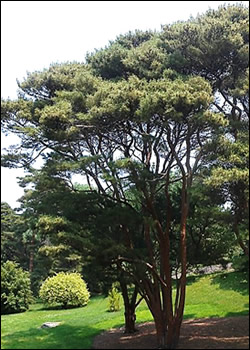
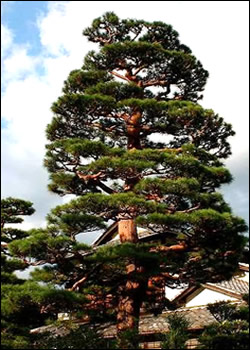
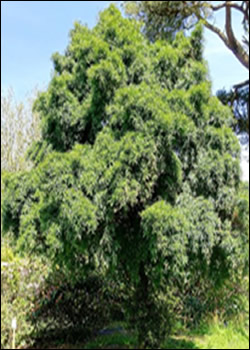
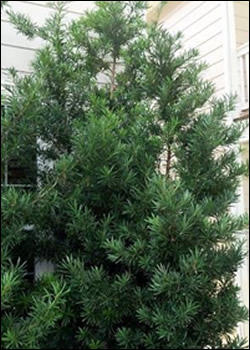
- The tree gets its name from the colour of its bark; it peels away in scales to reveal a showy red underneath. As the tree ages, the bark on the main trunk tends to fade to brown or grey.
- Japanese red pines are two needle pines but are less masculine in appearance than the more common black pine. Their needles are thinner and softer than black pines although not so much as the white pine.
- Their growth is less dense than the black pine and thus they are frequently used for literati or more dynamic, open styles.
- The red pine is a little less resilient and seems to take a little longer to adapt to change.
- Japanese Red Pine (Pinus densiflora) is said to be a "difficult tree" to grow as bonsai, but this tag is not really deserved. They are hardy and tolerant trees, but they do require quite intensive maintenance at the appropriate times of the year to get the most from them.
- Japanese Red Pine should be treated similarly to Japanese Black pine; the techniques are similar for each tree. Do the candle removal earlier in the season, slightly before black pines, and leave more needles when you are needle plucking in order to clean out the tree prior to wiring in autumn, also when you have candle pruned in spring/summer.
- Imported trees are usually grafted onto Japanese Black pine root stock. This accelerates the growth and provides an appearance of age. The graft may not always be expertly performed, so when purchasing look at the area just around the first branch union. The most prized specimens of Red pine are un-grafted, i.e. grown on their own roots.
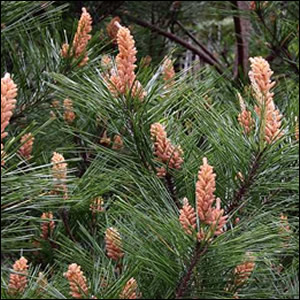
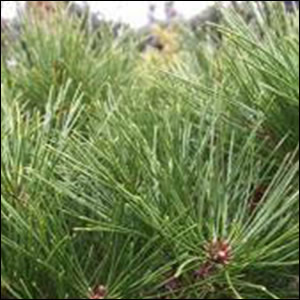
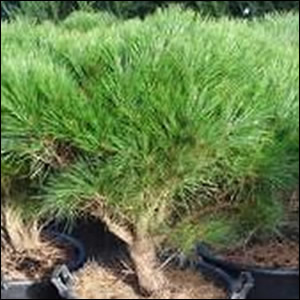
Red pine, illustrating the candles and fine needle clusters examples of young, purchasable nursery stock
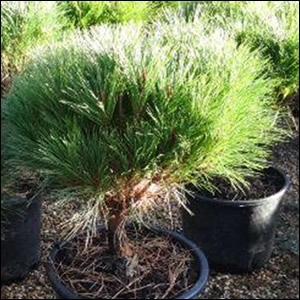
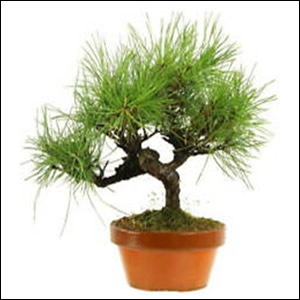

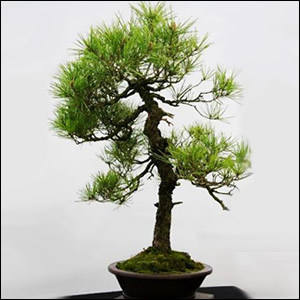
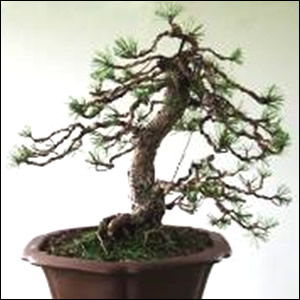
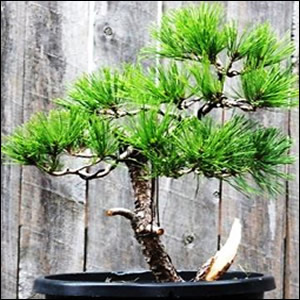
Examples of red pine in the early stages of training

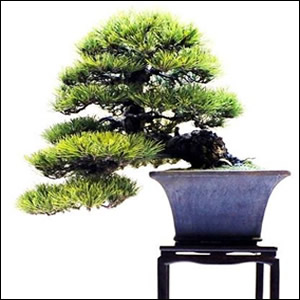
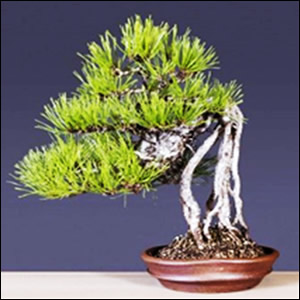
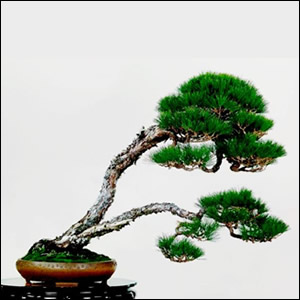
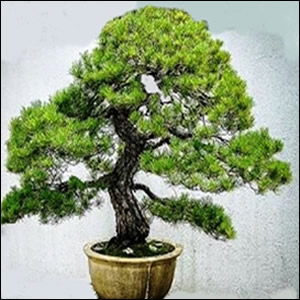
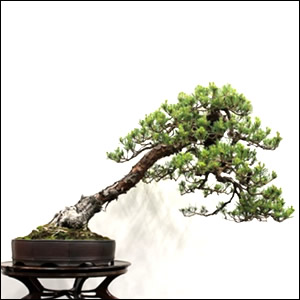
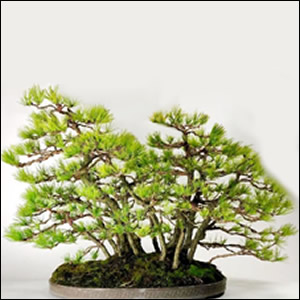
Fully developed red pines at exhibition standard, illustrating the large varieties of style.
Web design: nysys